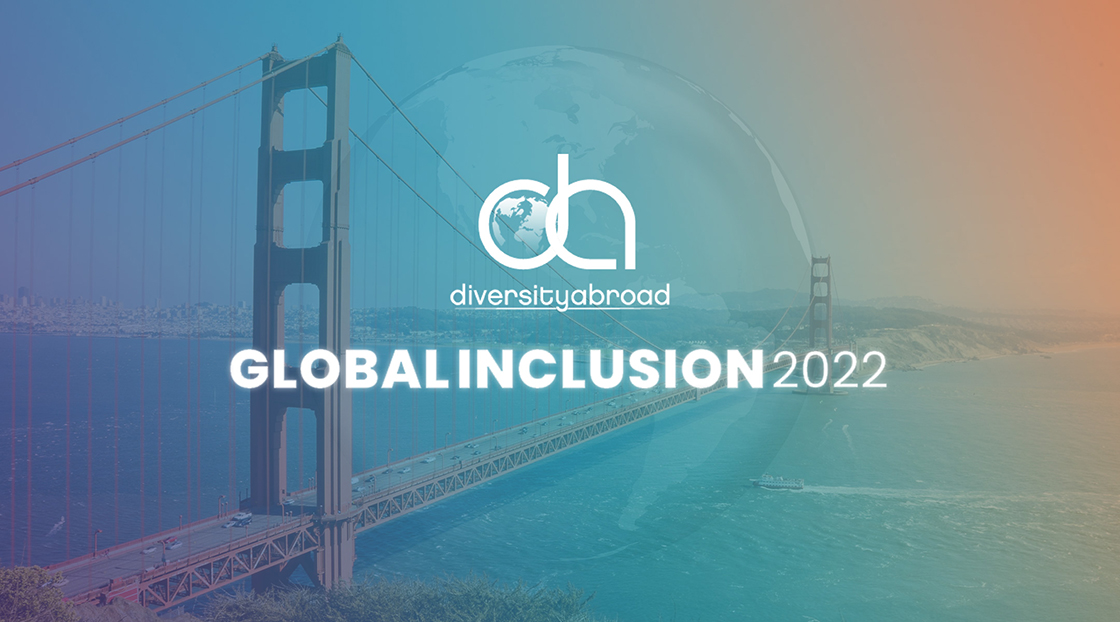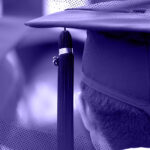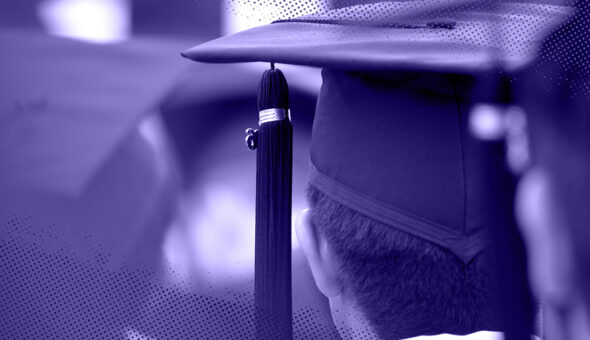SAN FRANCISCO — Diversity Abroad’s 10th annual Global Inclusion Conference was held October 2-7, bringing together hundreds of international officers, diversity and inclusion professionals and academic directors to spark discourse around the future of study abroad programming in higher ed. With a mission of “advancing diversity, equity, and inclusion in global education and cultural exchange,” representatives exemplified the paramount role that study abroad programming has in facilitating improved country-to-country relations.
Among more than 70 sessions and 130 speakers, there were conversations about “Is Virtual Programming Synonymous With Access?” and “Applying a Postcolonial Feminist Lens and Socioecological Model to Student Abroad Preparation.” Represented organizations in attendance included London Metropolitan University, NYU Global Programs, The Amandla Project and the Global Education Network (CAPA).
As expected, there has been a spike in American students who are interested in studying internationally since the pandemic. After nearly two years of being removed from campuses and integrated into a virtual learning system, U.S. undergraduate and graduate students are eager to jump back into face-to-face connection, expanding the breadth of their education by being integrated into a city’s culture, lifestyle and language. As many leaders at the Global Inclusion Conference concluded, virtual engagement and participation in study abroad programs was still fervent the past two years, despite the COVID-19 pandemic.








